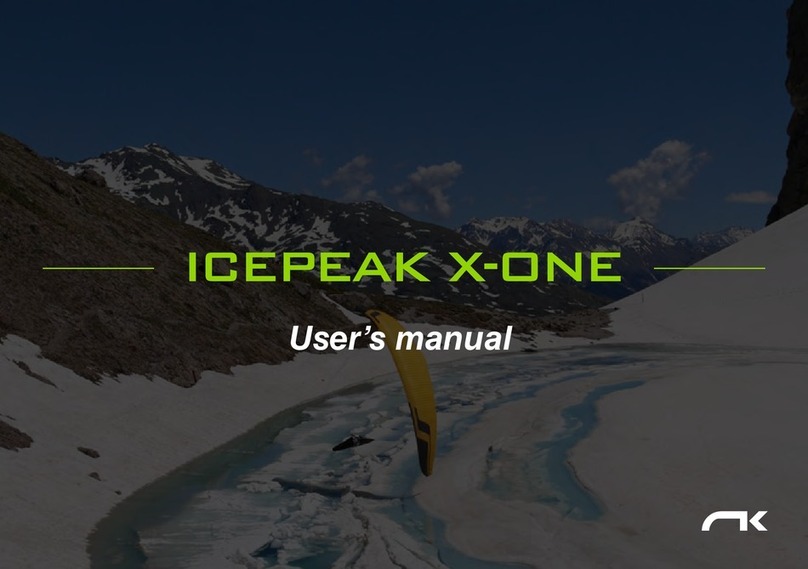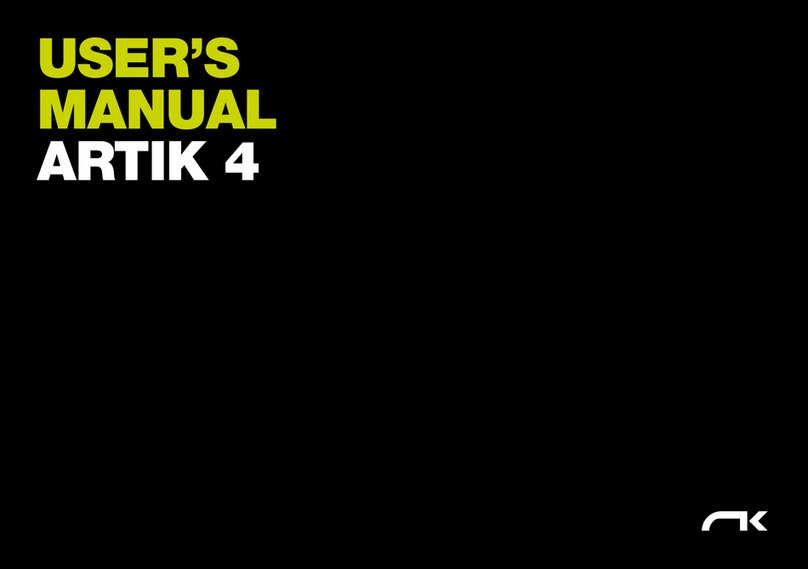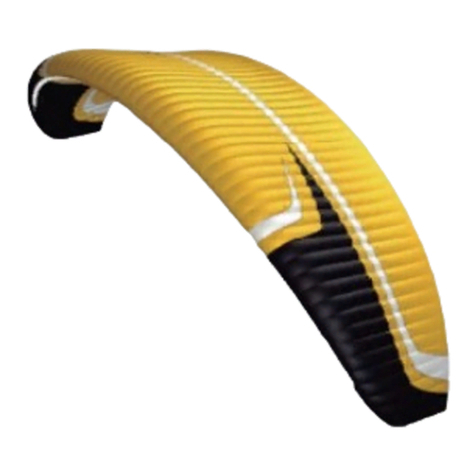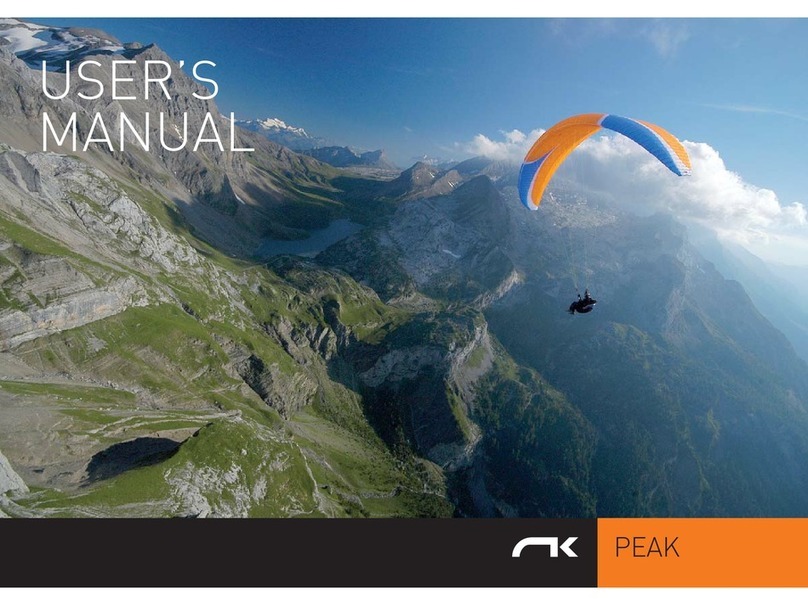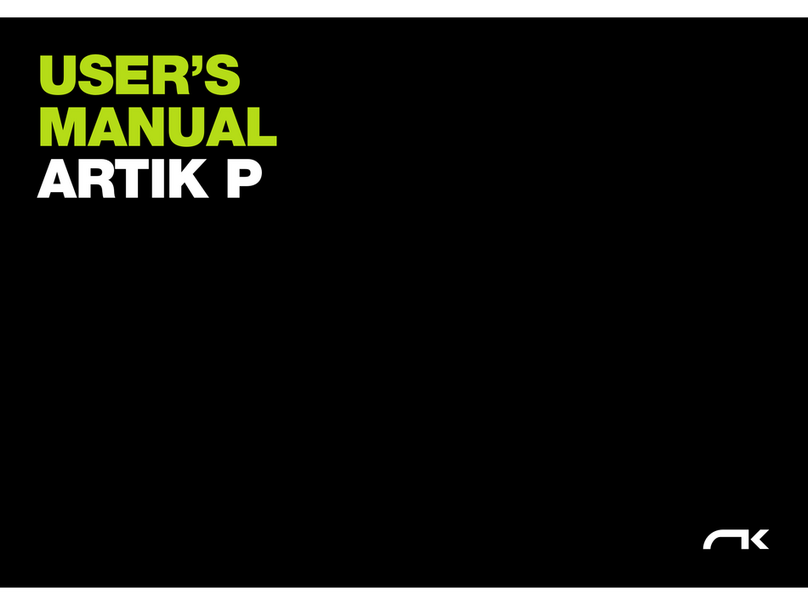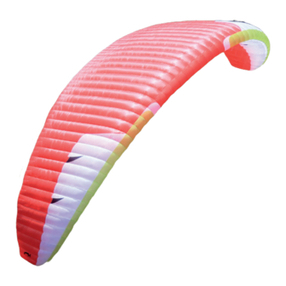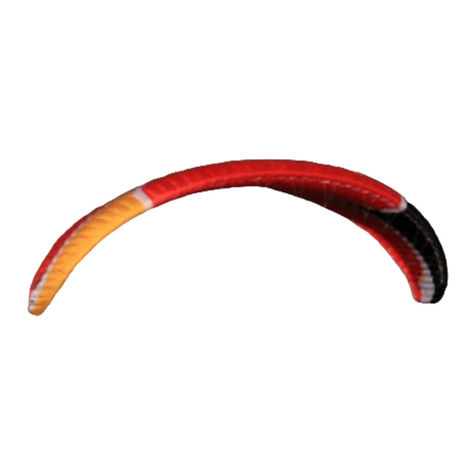9
ground a longer run off should also be carried out.
When landing in moderate wind conditions, the ground speed is reduced
so simple and progressive application of the brakes will be enough for a
perfect landing.
Landing with open or half open trimmers is possible, but it will be
necessary to balance the application of the brakes to the position of the
trimmers and the forward ground speed being experienced. Of course
open trimmers and an increase in forward ground speed when landing
may require a larger landing area as opposed to when the trimmers are
closed. The DOBERMANN very efciently transforms forward speed into
lift and inherently allows a wide margin for error either with or without
wind.
2.5.3 THE COURSE CORRECTOR (CC)
With DOBERMANN the CC is connected to the brakes to make it easier
and more efcient to use and more efcient. This new positions allows
pilots to activate and control it using only one element without changing
the hand position when turning.
The Course Corrector permits small course changes without altering the
prole’s performance. The same situation takes place when turning, with
pilots using the CC to start a turn or modify its course. The latter can be
useful to those who like slalom racing around pylons.
The CC is easy to use. It was installed with the brakes but does not run
through the pulleys, thus letting the pilot roll the line up without pushing
the brakes. To roll it up completely just stop pushing it.
2.6 ADJUSTING THE BRAKES
The main brake line length is adjusted at the factory to meet with the
certication requirements. during the certication procedure. However,
due to possible specication differences brought by various paramotor
types, those settings can be adjusted to meet pilot needs.
Warning! Remember that once the trimmers are in open position the
distance from the pilot to the pulleys is increased, and glider control can
be lost if the brakes/toggles are no longer hand held.
If at any point you wish to change the length of the brake lines, simply
untie the knot, slide the line through the brake link to the desired length,
and strongly re-tie the knot.The brake line must always pass through the
pulley. Recommended knots are the clove hitch knot or bowline knot.
Both brake lines should be symmetrical in length taking in consideration
the length when using the trimmers. It is then vital that the adjustments
are checked to ensure that they do not slow down the glider without any
pilot input. However it is recommended that only qualied personnel
should carry out this adjustment.
2.7 DES (DOUBLE EFFECT SYSTEM)
WARNING – This technique must only be used by experienced pilots
during slalom competitions. Please, be also aware that using the system
while ying close to the ground demands defensive/aggressive ying and
accurate wing control in case of glider instability.
During slalom competitions pilots need to slow down to the lowest speed
to turn around the pylons. Brake impute is adapted on the y when
immediate accelerations and decelerations are needed to efciently
navigate the turns.
The trims can not be used during the race while quick accelerations or
decelerations can only be made by using the foot speed-bar/accelerator.
The implementation of the DES has turned the situation around. The pilot
can now make the most out of the glider’s ability to perform to its full
potential by using the speed bar. The DES keeps the trims in a closed
position (the slowest) by default, and will open them when accelerating

